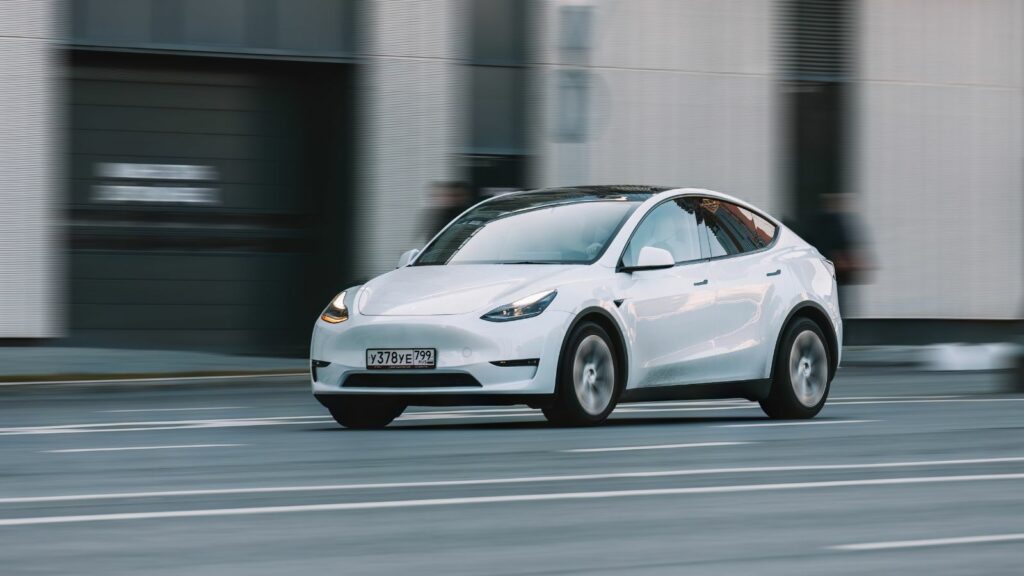With rising Canadian-American tariff tensions, certain SUVs are feeling the squeeze more than others, especially models built or assembled in the U.S. or those that rely on cross-border parts. Buyers are seeing sudden list‑price increases, reduced incentives, and even longer wait times. From compact crossovers to full‑size haulers, these SUVs are becoming hotter to buy today or tougher to afford tomorrow. Here are 20 SUVs most affected by Canadian-American tariff disputes:
Ford Edge
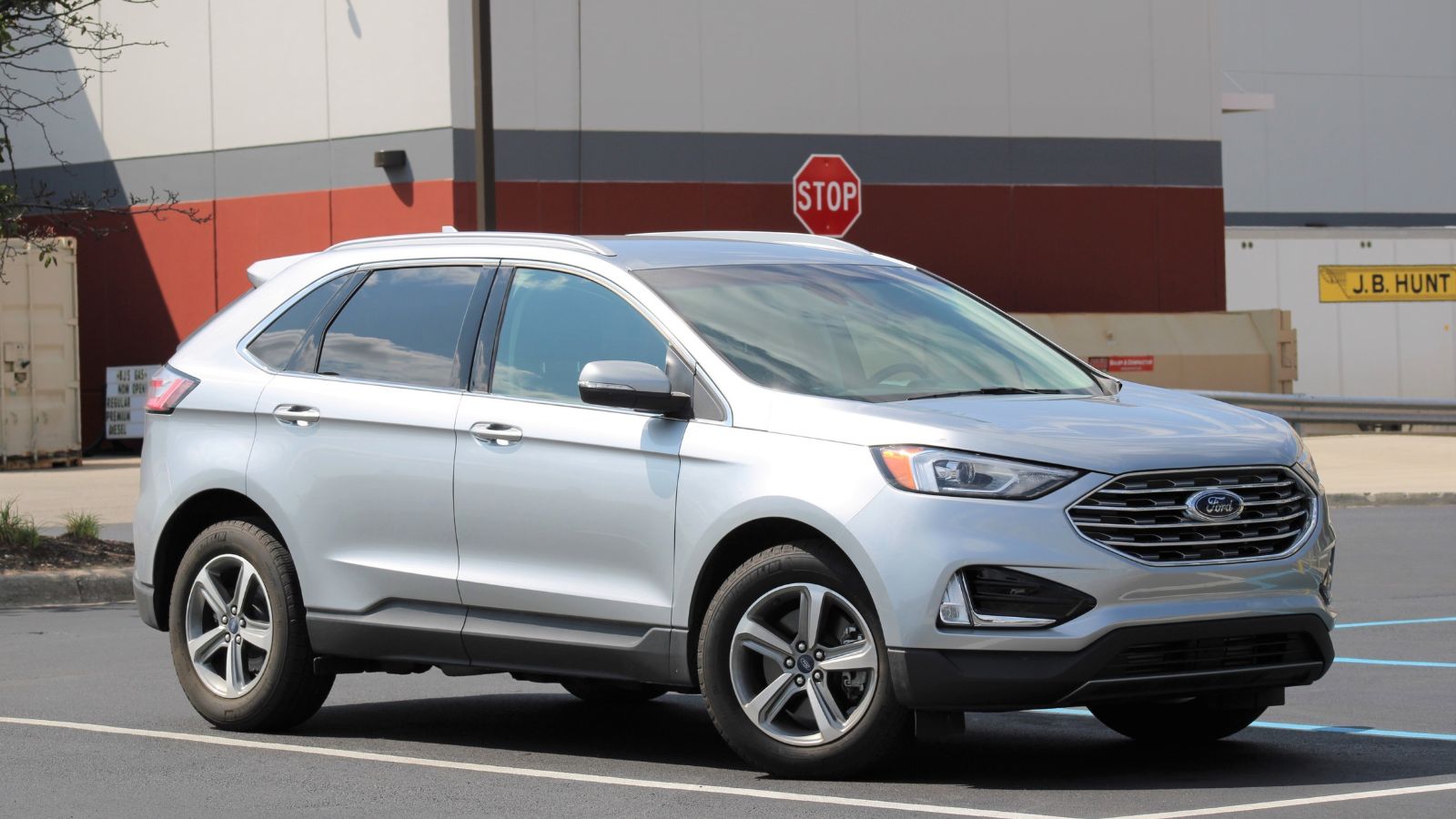
Built in Ohio, the Ford Edge is among the most exposed SUVs to U.S. tariffs. Canadian dealers have quietly increased the MSRP by $2,000 to $3,000 on popular trims, such as the Titanium and ST. Combined with higher parts costs, especially for electronics, the Edge is now more expensive than comparable Canadian‑built crossovers. With limited factory allocations, waiting times have lengthened, and fewer incentives are available. Drivers who once counted on aggressive lease deals are now being passed up for Segment leaders like the Honda CR‑V or the Mazda CX‑5.
Chevrolet Equinox (U.S.-Built Trims)
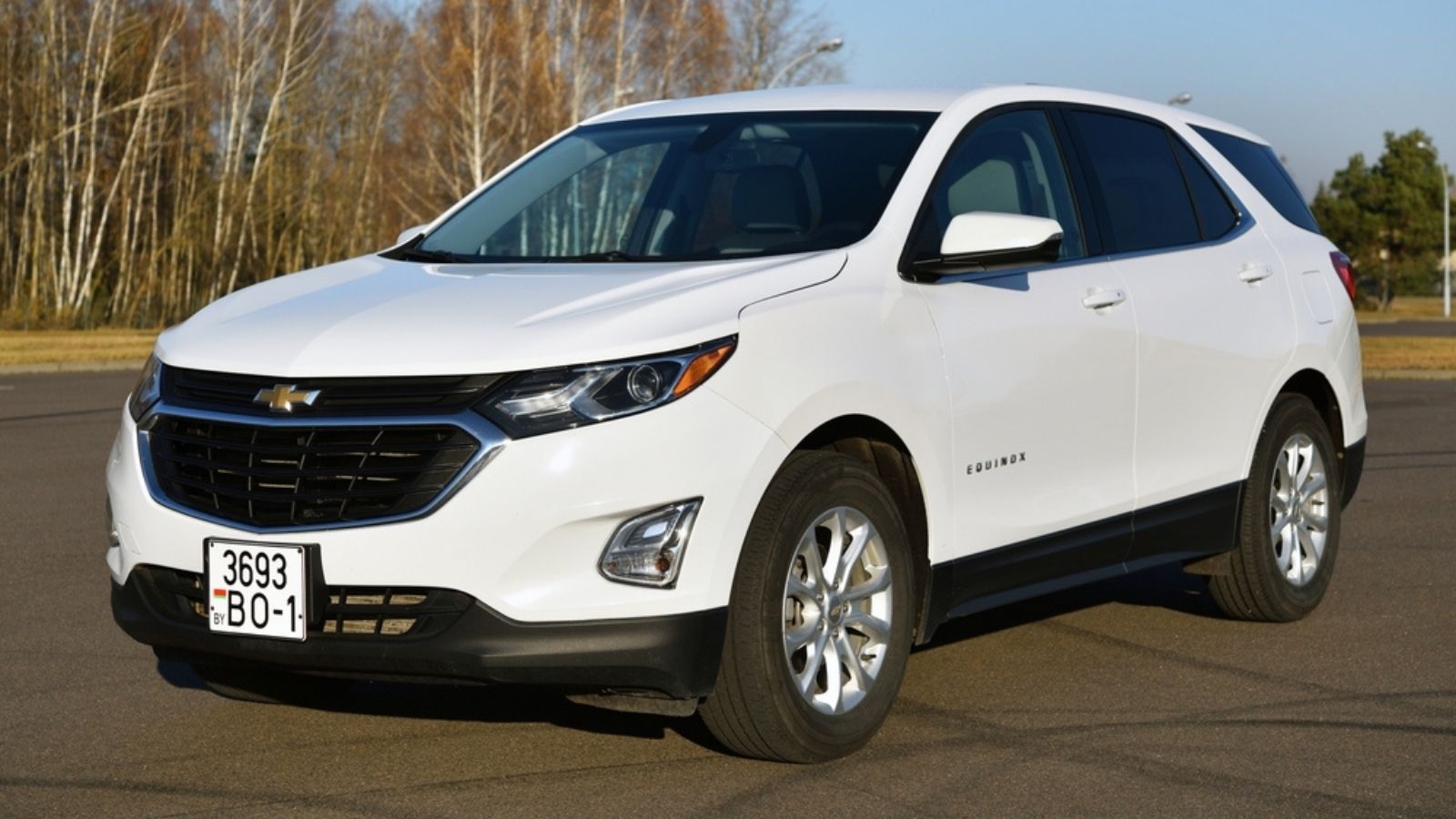
Although some Equinox units are assembled in Canada, U.S.‑built LT and Premier trims face new tariff‑related surcharges. Dealers are already separating border cost fees on invoices, pushing prices $1,500-$2,500 higher. Complex infotainment systems and safety options, which rely on U.S. components, make these trims the most vulnerable to issues. Dealers in provinces like Alberta and B.C. report shrinking U.S. allocation and reduced incentives as GM responds to cross‑border cost shifts.
Jeep Grand Cherokee
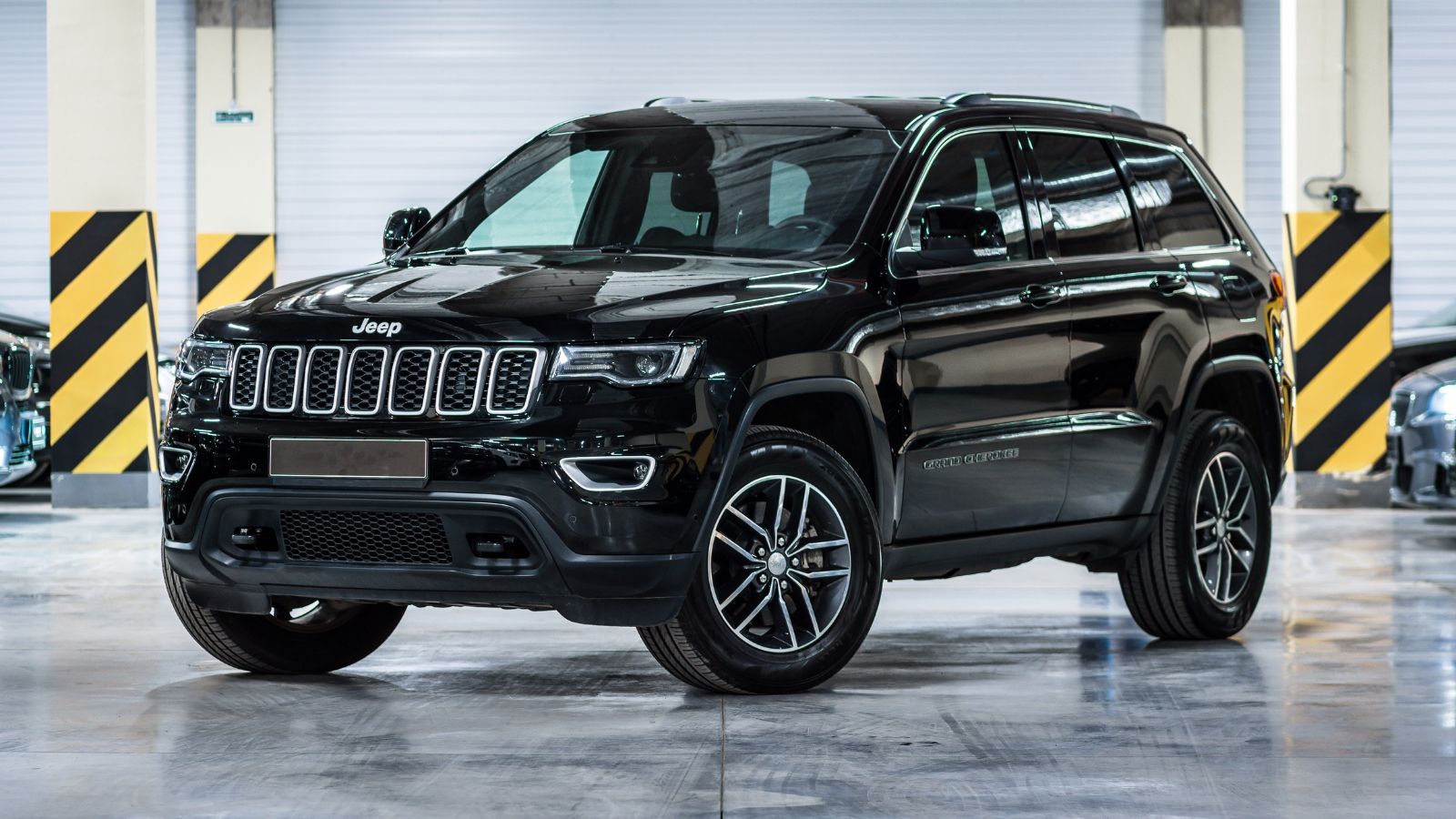
The Jeep Grand Cherokee, built in Detroit, is heavily hit by tariffs and parts‑cost inflation. Popular trims, such as Limited and Trailhawk, now carry an additional $3,000 to $4,000 in stakeholder markups. U.S. part dependencies, such as suspension and 4×4 hardware, result in increased purchase and repair costs. Inventory for Canada is down, and dealer waiting lists are growing, and loyalty programmes and cheat sheets don’t hide the fact that this midsize SUV is now far more expensive than before.
GMC Terrain
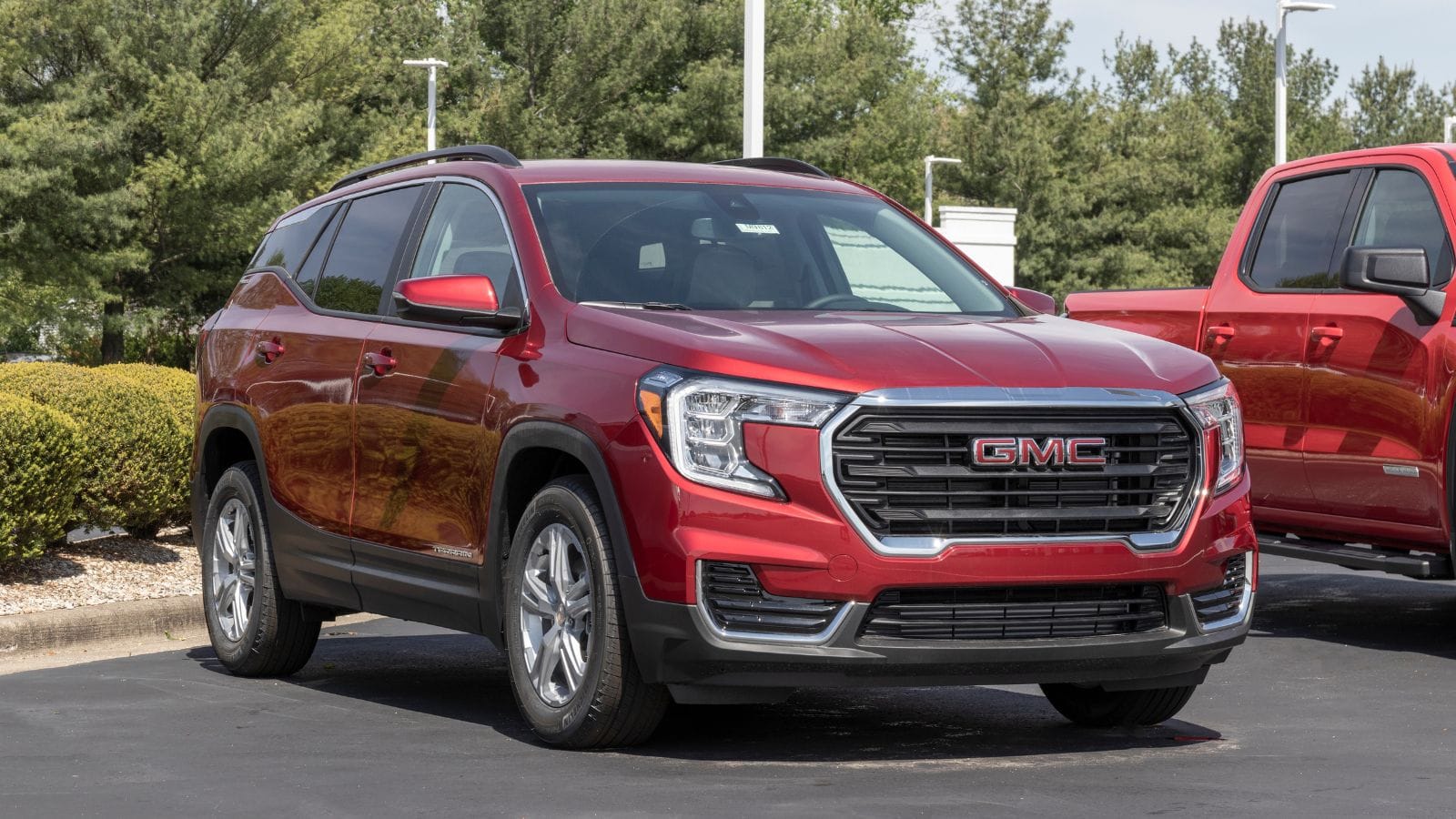
The GMC Terrain shares a U.S. production line with the Equinox, making it similarly vulnerable. Canadian-built trims are generally safe, but U.S.-built Denali models are now subject to an additional $2,000-$3,000 in import fees. Terrain’s higher-tech trims become the most exposed to tariff surcharges, as dealers prioritize domestic builds, and U.S.-made options are being offered only to buyers ready to pay a premium. As cross-border logistics become more costly, GMC is scaling back promos, making the Terrain Denali order less appealing to even loyal customers.
Honda Passport
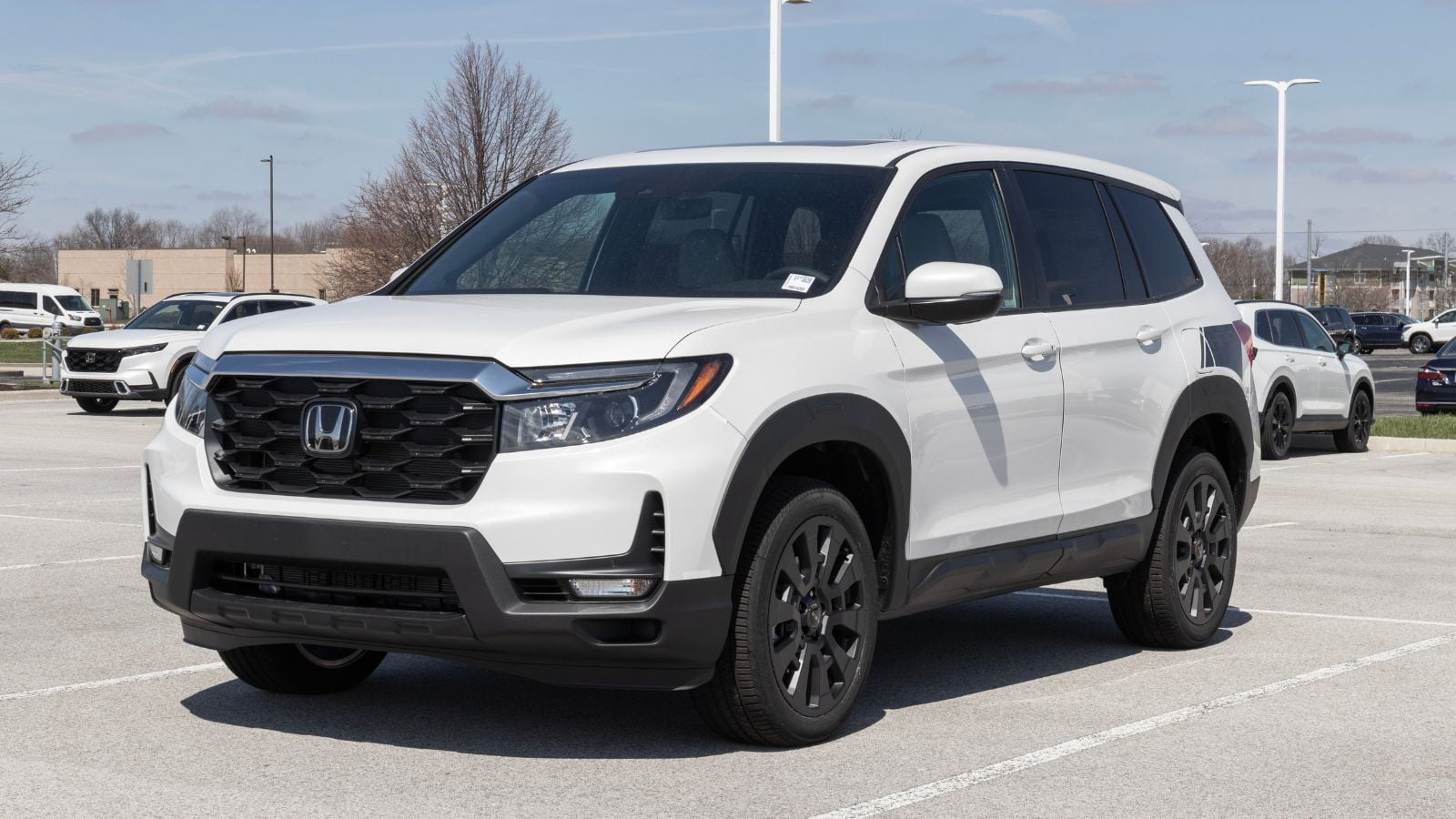
Manufactured in Alabama, the Honda Passport is a midsize SUV facing U.S. tariff fallout. Passport build costs are increasing, and Canadian-bound units are now being charged a $2,500 surcharge. Despite strong demand for its rugged styling and V6 power, dealer allocations are dwindling, and wait times are extending to months. With fewer incentives and rising costs, Passport is losing its competitive edge to Canada-made alternatives, such as the Ford Edge or Toyota Venza. Buyers are advised to check the origin and inquire about surge pricing before placing orders.
Ford Explorer
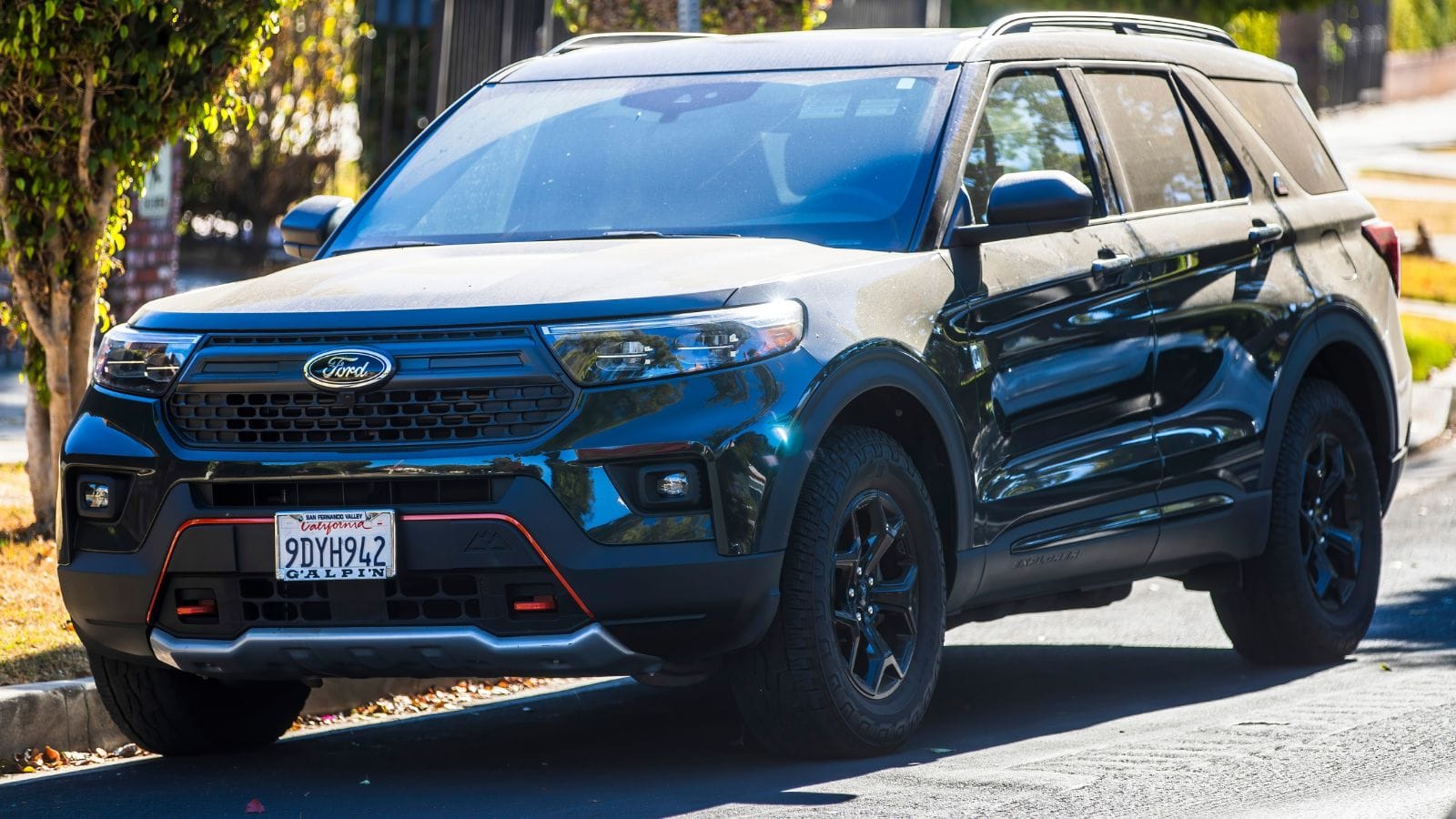
The Ford Explorer, another U.S.-assembled staple, is affected by rising tariffs, as trim levels from XLT to Platinum are now $3,000 more expensive in Canadian pricing sheets. Dealers report longer lead times and slimmer allocations for sport trims equipped with advanced technology, and trade shocks on engines, electronics, and chassis parts are also increasing repair costs. Meanwhile, Canadian assembly options are limited, forcing buyers to opt for higher-priced builds. Canadians considering the Explorer for family hauling may find value elsewhere or end up paying more than expected.
Chevrolet Tahoe
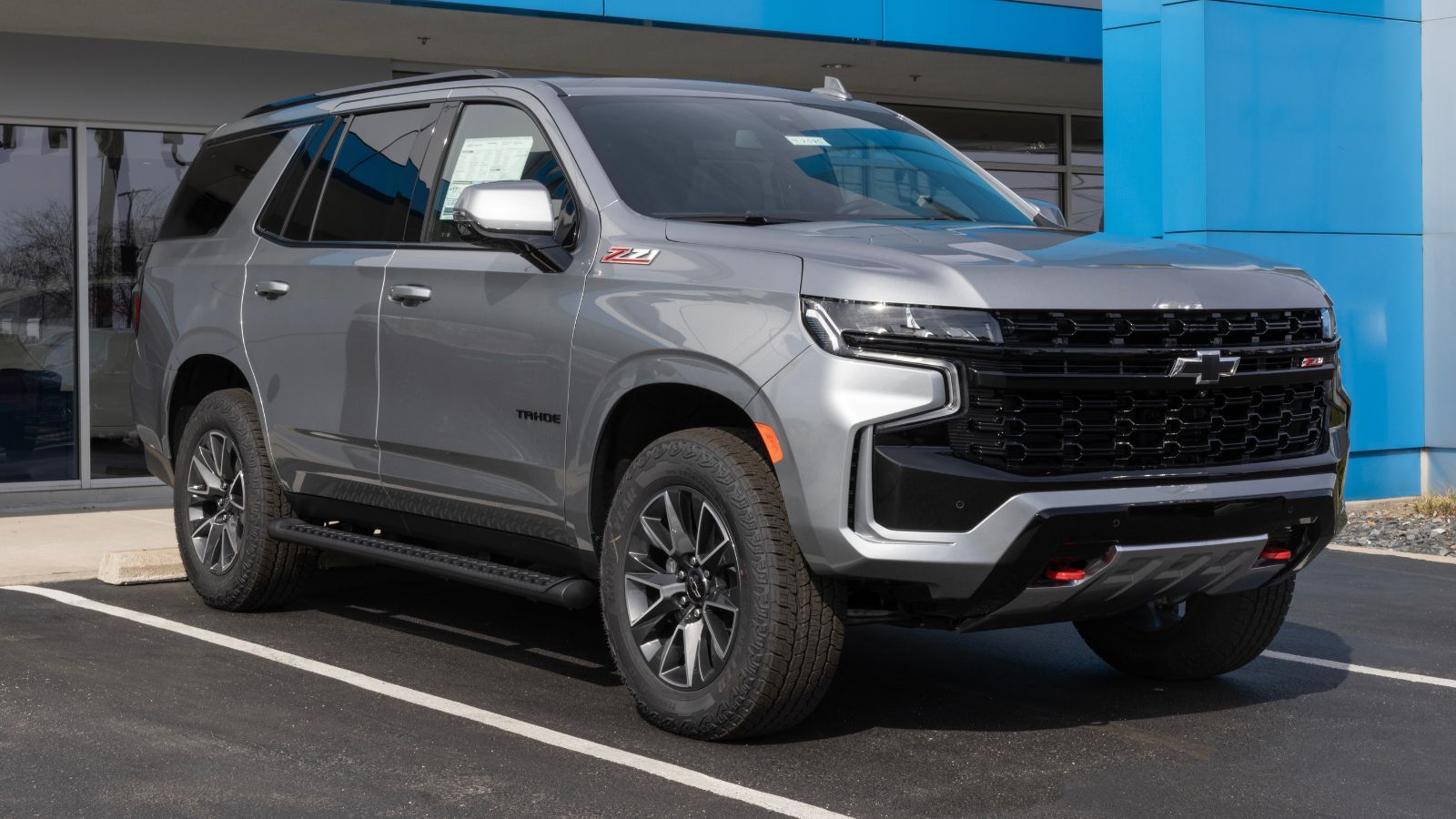
Built in Texas, the full-size Chevrolet Tahoe is already paying the price of tariff exposure, with an additional $4,000 to $6,000 markup in Canada. Federal luxury and import taxes are compounding the problem, especially on high-end trims like RST or High Country. Dealers are limiting allocations, and fleet customers have paused orders due to cost uncertainty; repair part costs have also increased significantly. With no Canadian production to buffer these surcharges, the Tahoe has shifted from aspirational SUV to premium segment with premium pain, forcing buyers to consider alternatives like the Ford Expedition.
GMC Yukon
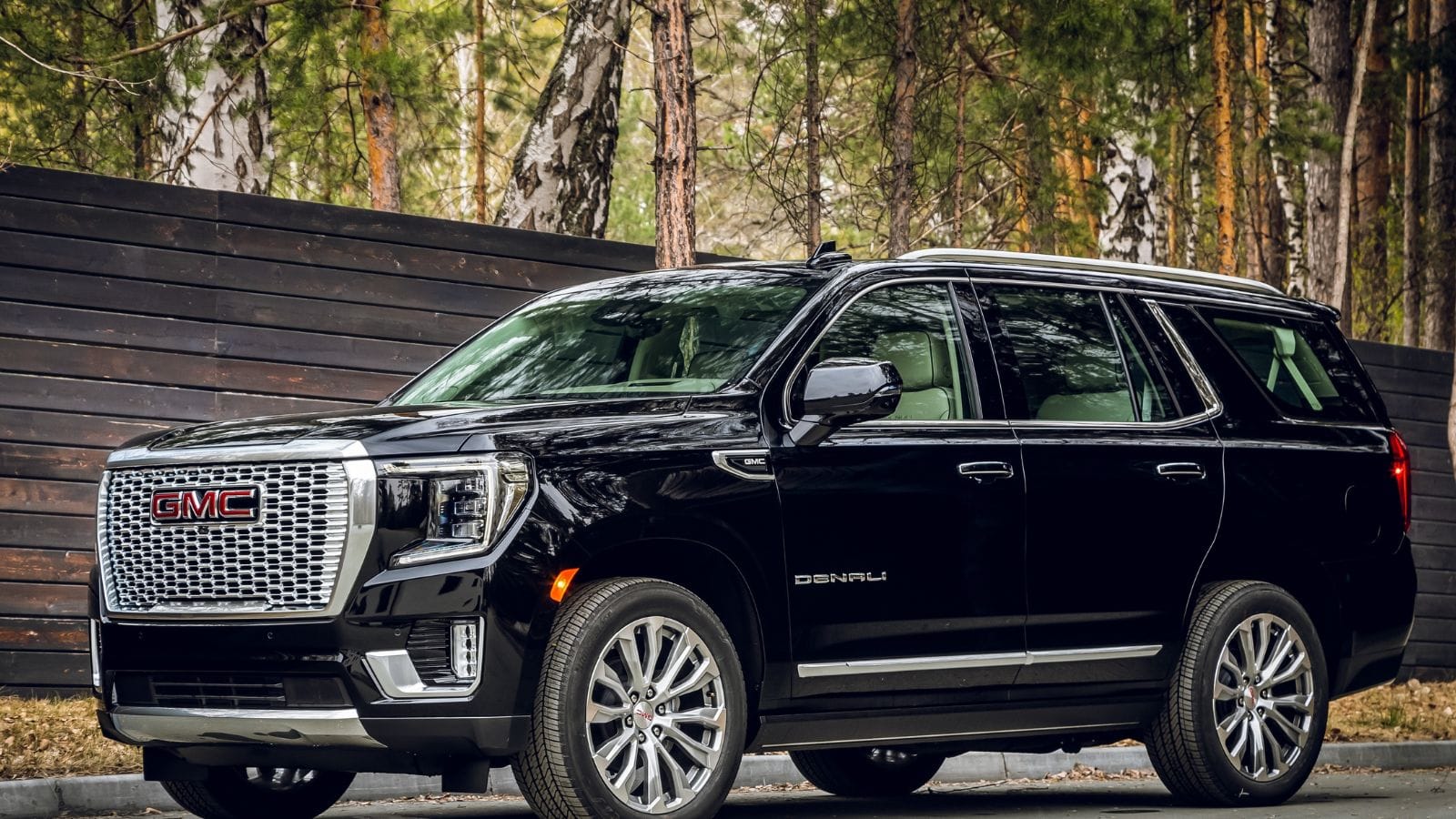
Just like the Tahoe, the GMC Yukon, built in the U.S., is overpriced in Canadian showrooms thanks to layered tariffs and luxury levies. Yukon XL versions, already premium, now carry an additional $5,000 to $7,000 in undelivered surcharges. Fleet buyers and governmental purchasers are delaying orders, affecting dealer stock and pushing prices further. Yukon’s next-gen EV version is unlikely to arrive in Canada anytime soon, while its U.S.-assembly will complicate pricing even further.
Jeep Wrangler
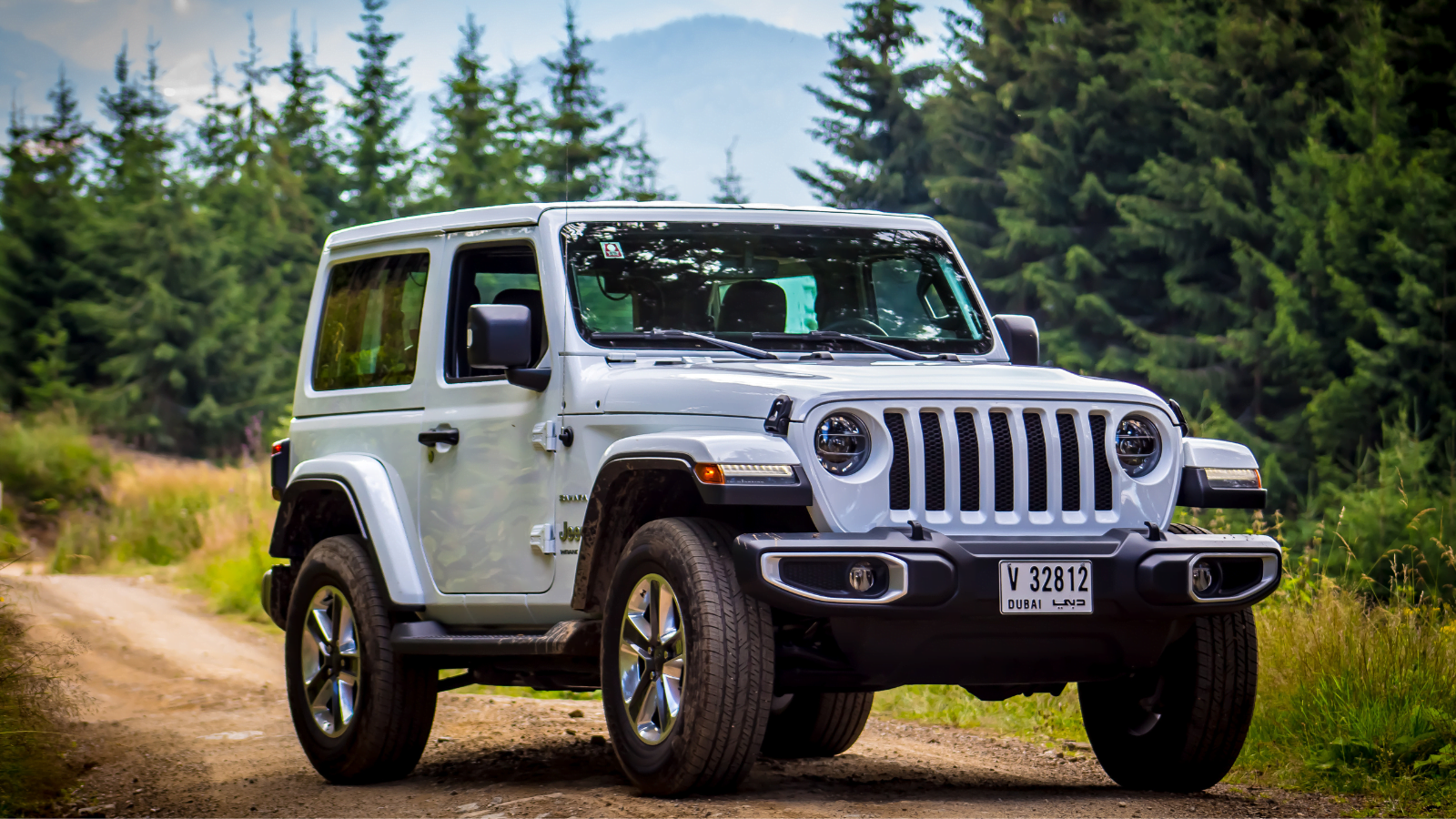
Wrangler builds straddle Canada and the U.S., but U.S.-assembled Rubicon, Sahara, and 4xe models are now hit with $2,500-$3,500 in border fees. While Jeep Canada will absorb some costs, dealers are shifting the risk to consumers. Off-road buyers who won’t compromise on unlimited options may be surprised by their final bill. With demand outpacing supply, MSRP hikes are becoming normalized. If you’re eagerly awaiting a 4xe or Rubicon, consider reserving a domestically assembled trim, or be prepared to pay more for the flavour you want.
Ford Bronco
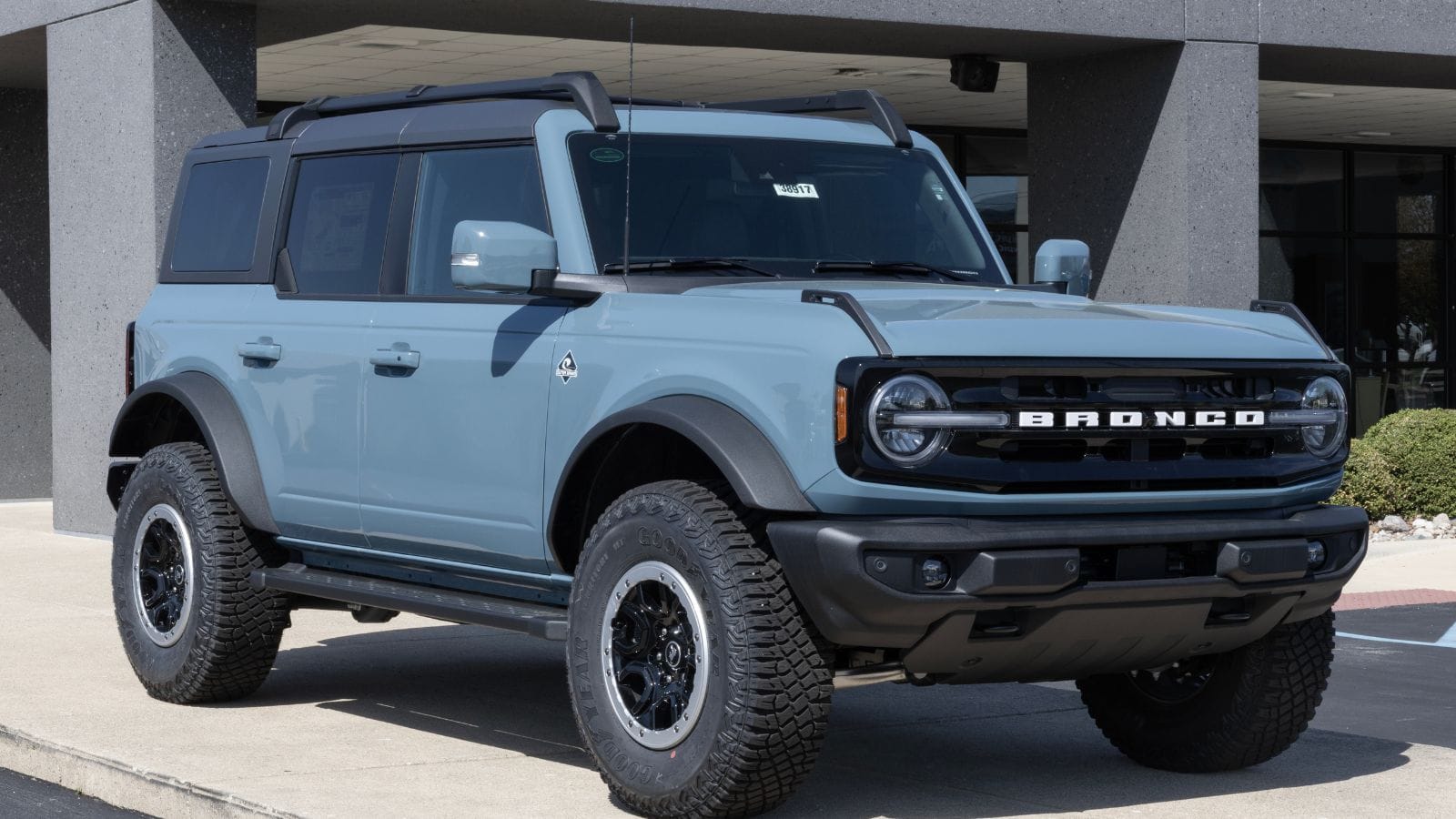
America’s rugged comeback Bronco is suffering in Canada due to border tariffs. Built in Michigan, Canadian-bound Broncos are attracting $3,000 surcharges on Badlands and Wildtrak editions. Orders are being limited, with dealers allocating units only to buyers willing to accept price increases. Although quietly strategic, Ford isn’t absorbing costs, and waiting times now stretch well into 2026. For Bronco lovers, loyalty may come at a steep premium, while alternative imports, such as the Toyota 4Runner, may be worth considering for those wary of tariff exposure.
Hyundai Santa Fe (U.S. Model)
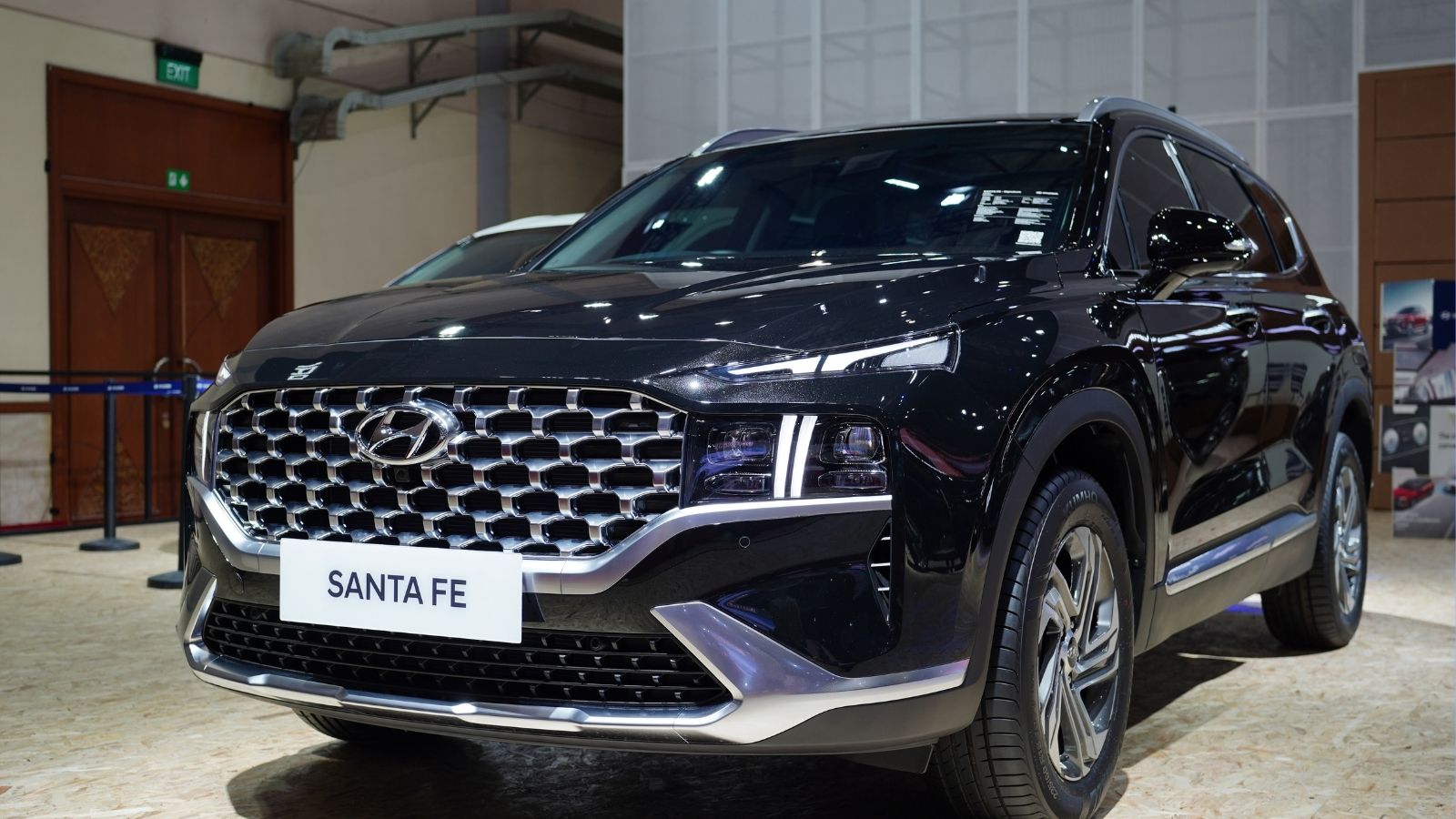
While some Santa Fe models are built in Quebec, Canadian-bound variants sourced from Alabama are hit with new tariffs. Dealers now differentiate in code between Canada-built and U.S.-built vehicles, with the latter showing a $2,000 addition at the invoice stage. AWD and limited trims, often built in the U.S., are the most exposed. Hyundai Canada has not announced a shift in build, so savvy buyers should request domestic-built stock or be prepared for added costs. Checking VIN origins has become essential in ensuring value.
Kia Telluride
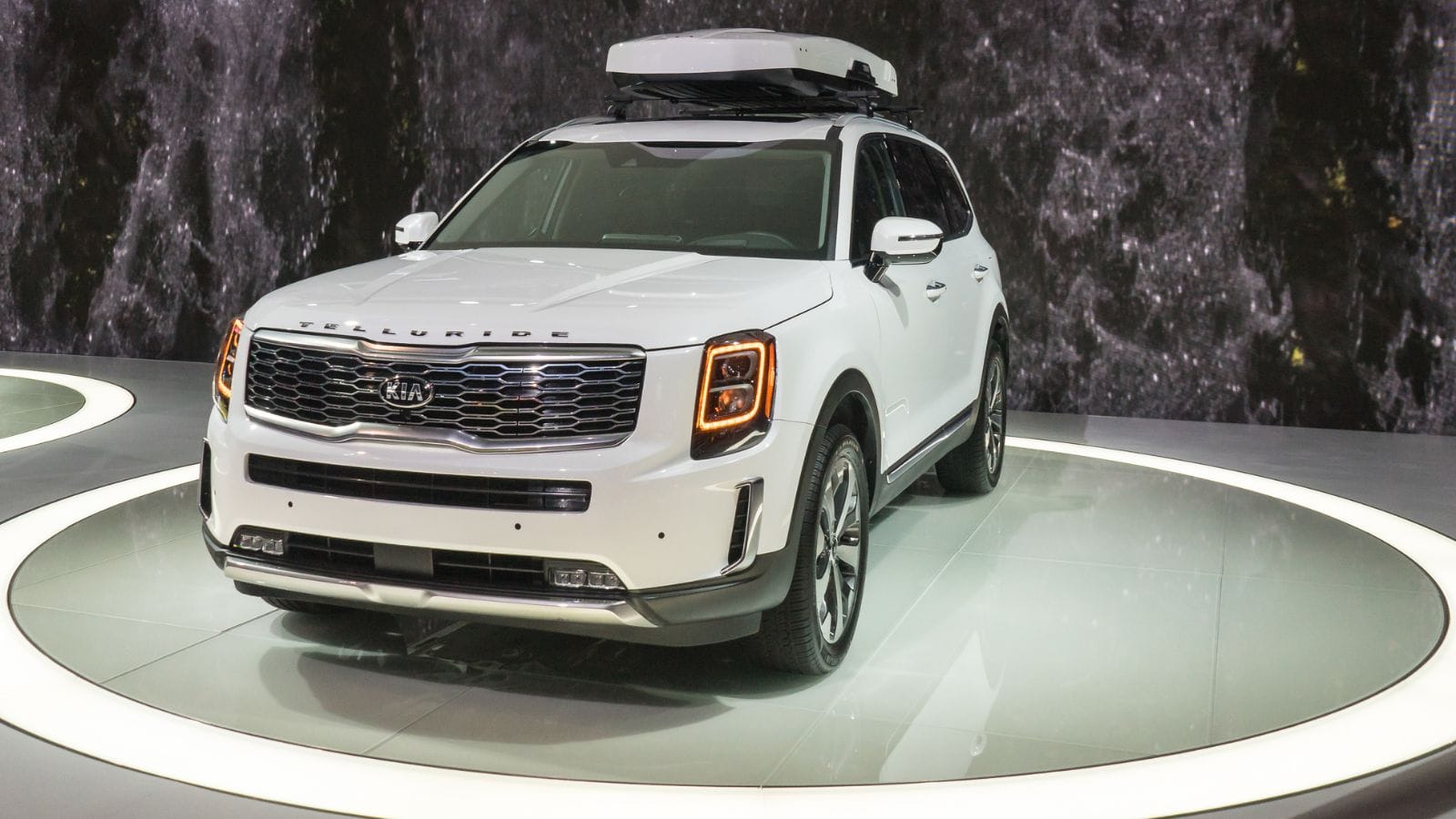
The highly popular Kia Telluride, assembled only in Georgia, is now clearly impacted, as Canadian dealers report surcharges of $3,500 on SX Prestige and X-Line trims. With waiting lists already long, this extra cost is being quietly absorbed or passed on. Kia Canada still offers promos but excludes U.S.-built vehicles from incentives. Without alternate production, Canadian buyers see fewer subsidized deals and higher total cost of ownership. For affordability-conscious families, Telluride’s tariff burden may make rivals like the Chevrolet Traverse more appealing.
Nissan Pathfinder
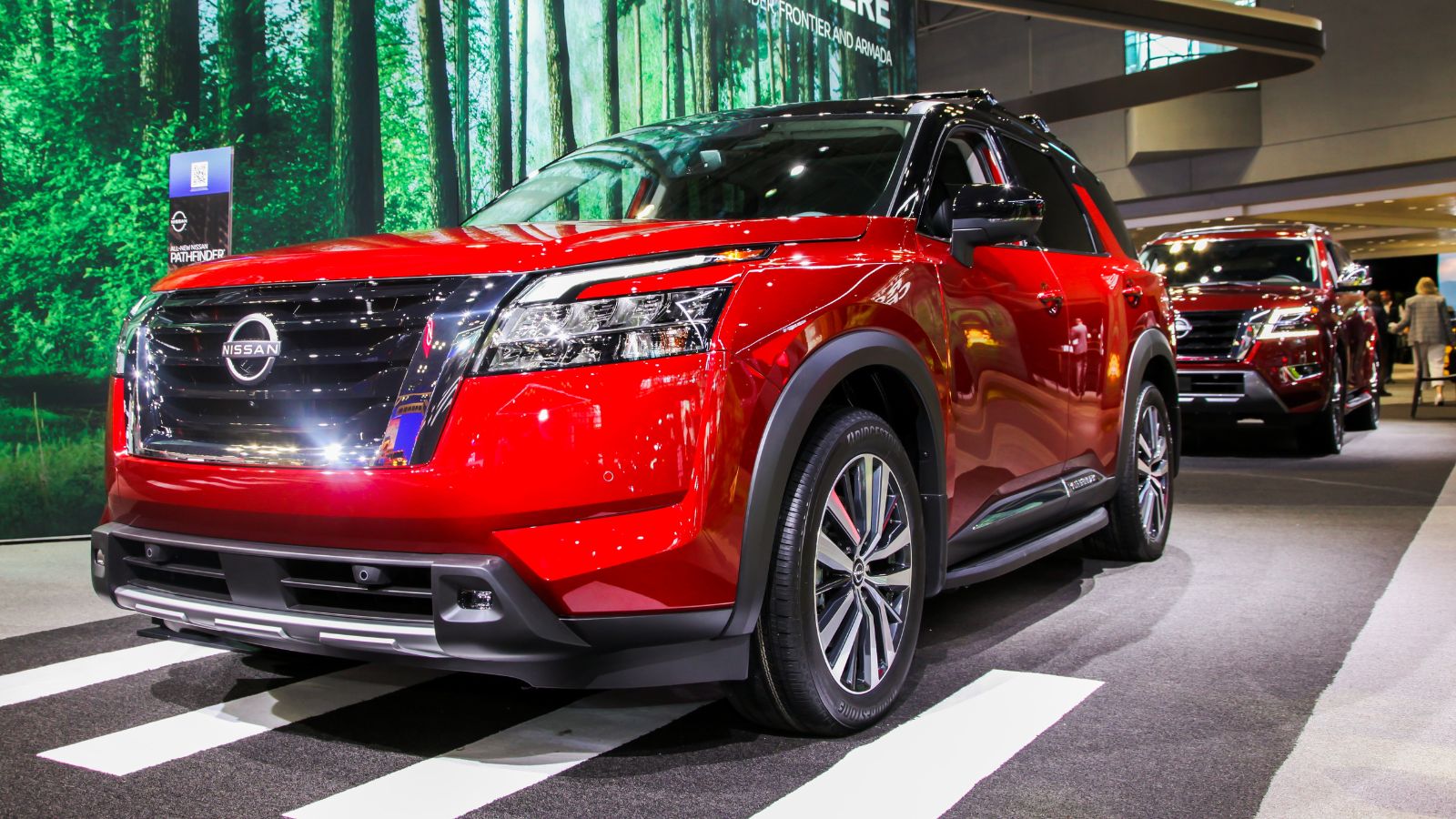
Pathfinder production in Tennessee is now a potential target for tariffs, which would raise its Canadian MSRP by approximately $2,500. Nissan Canada has limited domestic builds, meaning demand for U.S.-assembled trims is pushing prices higher. As that MSRP adjustment rolls out across trim lines, deal incentives are drying up, and prospective buyers are being redirected toward the Japan-built Murano or the smaller Rogue, which are less affected. Drivers waiting on a Pathfinder must decide whether to pay the premium or switch to cheaper imports.
Honda Pilot (U.S.-Built)
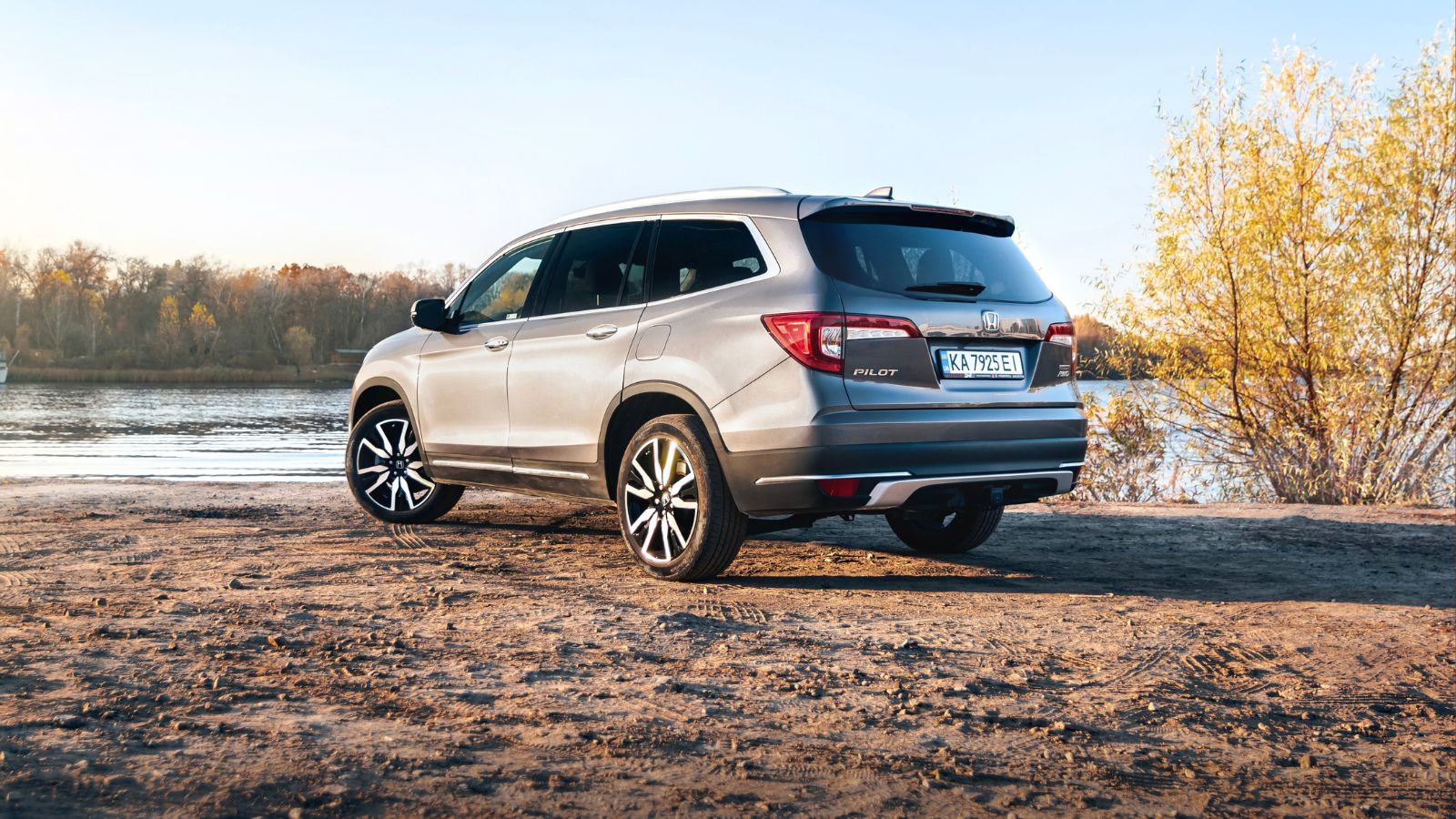
Honda Pilot models built in Alabama are now subject to duty surcharges in Canada. Popular high trim levels, such as Elite and Black Edition, are hit hardest, with bills showing an additional $2,500-$3,000 in cost. Dealers are issuing VIN alerts at the point of sale to warn buyers that the Pilot’s value, spacious cabin, and solid reliability remain. Still, competitors like the Toyota Highlander or Subaru Ascent are gaining ground in terms of price. Canadian buyers should explicitly request Canadian-built versions to avoid unexpected increases in monthly payments.
Toyota 4Runner
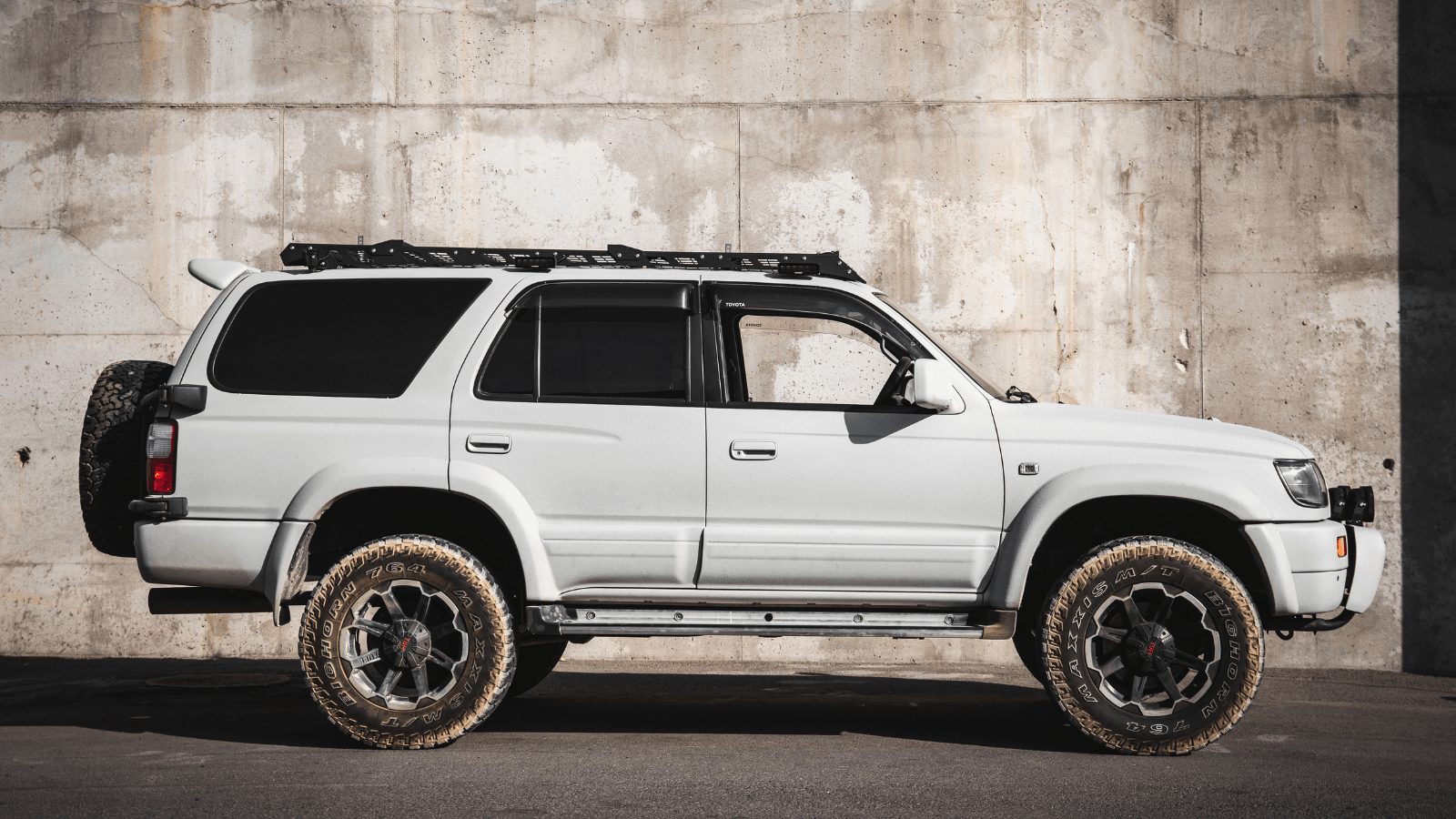
The 4Runner, a U.S.-built Toyota staple, is seeing sharper price increases, ranging from $3,000 to $4,500 in Canada. Built in Kentucky, its rugged build is now more expensive thanks to tariffs on American SUVs. With no Canadian-built alternatives, Toyota Canada has absorbed some of the cost, but dealers are still adjusting the MSRP behind the scenes. Waiting lists are expanding, incentives are fading, and for off-road lovers, the 4Runner remains desirable. Still, a domestic Ford Bronco Sport or Subaru Outback may better serve those unwilling to pay a pair of fees exceeding $1,000.
Chevrolet Traverse
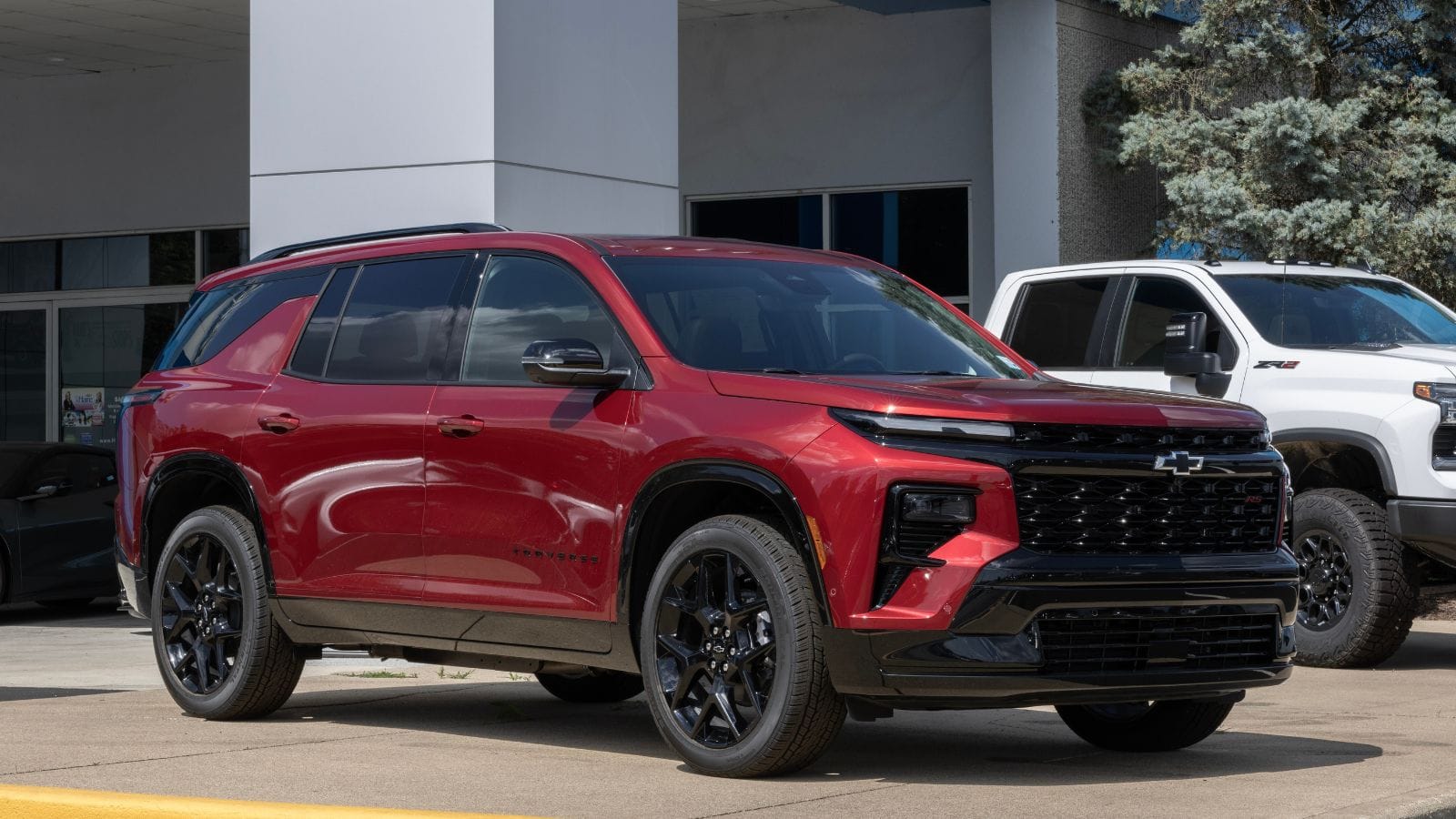
The Traverse benefits from Canadian assembly in Ontario, but high-tech trims and some engine packages rely on U.S. content. These trims are facing $1,500-$2,000 surcharge risk. Dealers are transparent with buyers, showing where tariff costs apply. Traverse remains a value-packed three-row SUV, but only if you avoid the U.S.-built luxury trims. With rebates still intact on Canadian-made versions, savvy buyers can secure a deal by remembering to check the build origin and choosing domestic to avoid tariff drag without sacrificing features.
Ford Expedition
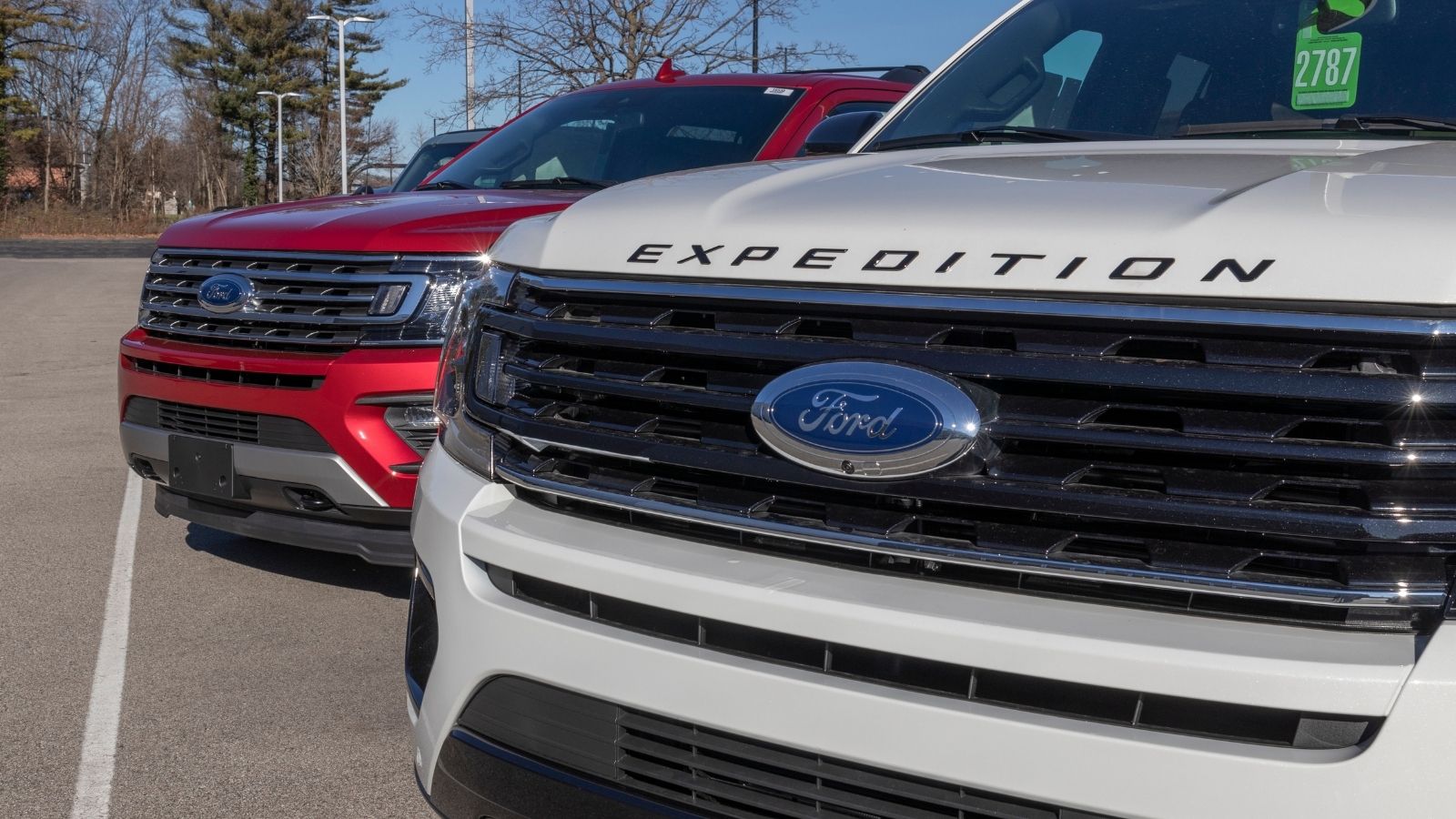
Built at Ford’s Kentucky Truck Plant, the Expedition sees some of the highest tariff surcharges in Canada, at $5,000–$7,000 on top-of-the-line Platinum and Timberline models. However, inventory is shrinking, dealer allocations are tight, and federal luxury tax layers compound the duties. Buyers in need of full-frame SUVs must weigh urgency against value, as delays could stretch into 2026. Ford Canada has not committed to shielding buyers from these costs, and for those who need full-size capability, alternatives like the GMC Yukon or Ram 2500 are worth cross-comparing.
Mazda CX-9 (U.S.-Built)
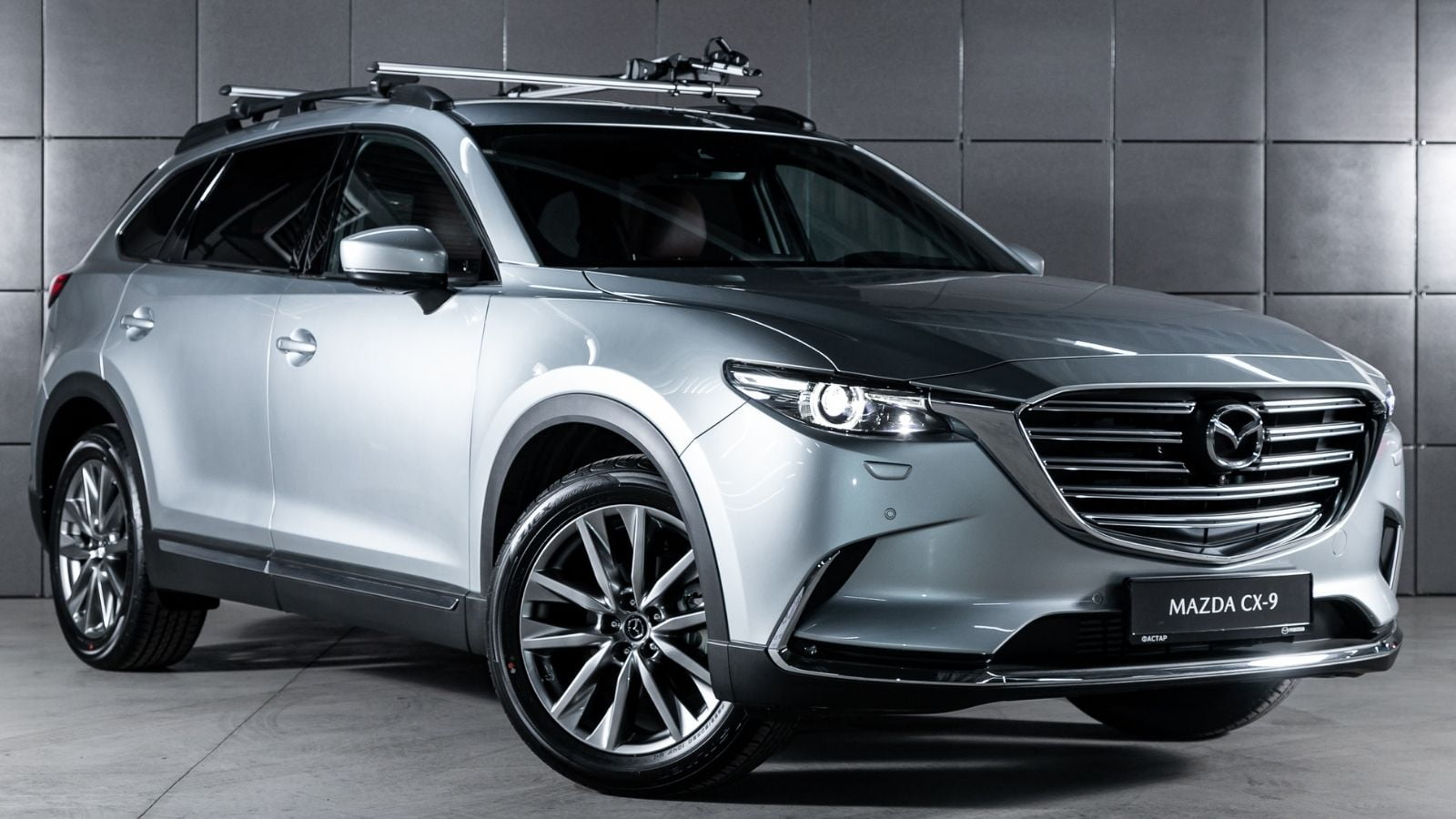
Mazda CX-9 units built in Mexico and passing through U.S. ports are at risk under tariffs. While Mazda Canada still stocks some locally produced batches, many trims, especially those with tech packs, come from U.S. logistics routes, which incur additional costs of $2,000-$2,500. Dealers are highlighting the difference at the time of purchase, and with strong demand and fewer incentives, the CX-9 may lose appeal to buyers. Competitors like the Honda Pilot or Kia Telluride, if built in Canada, may offer better value once the tariff impact is factored in.
Subaru Ascent (U.S.-Built)
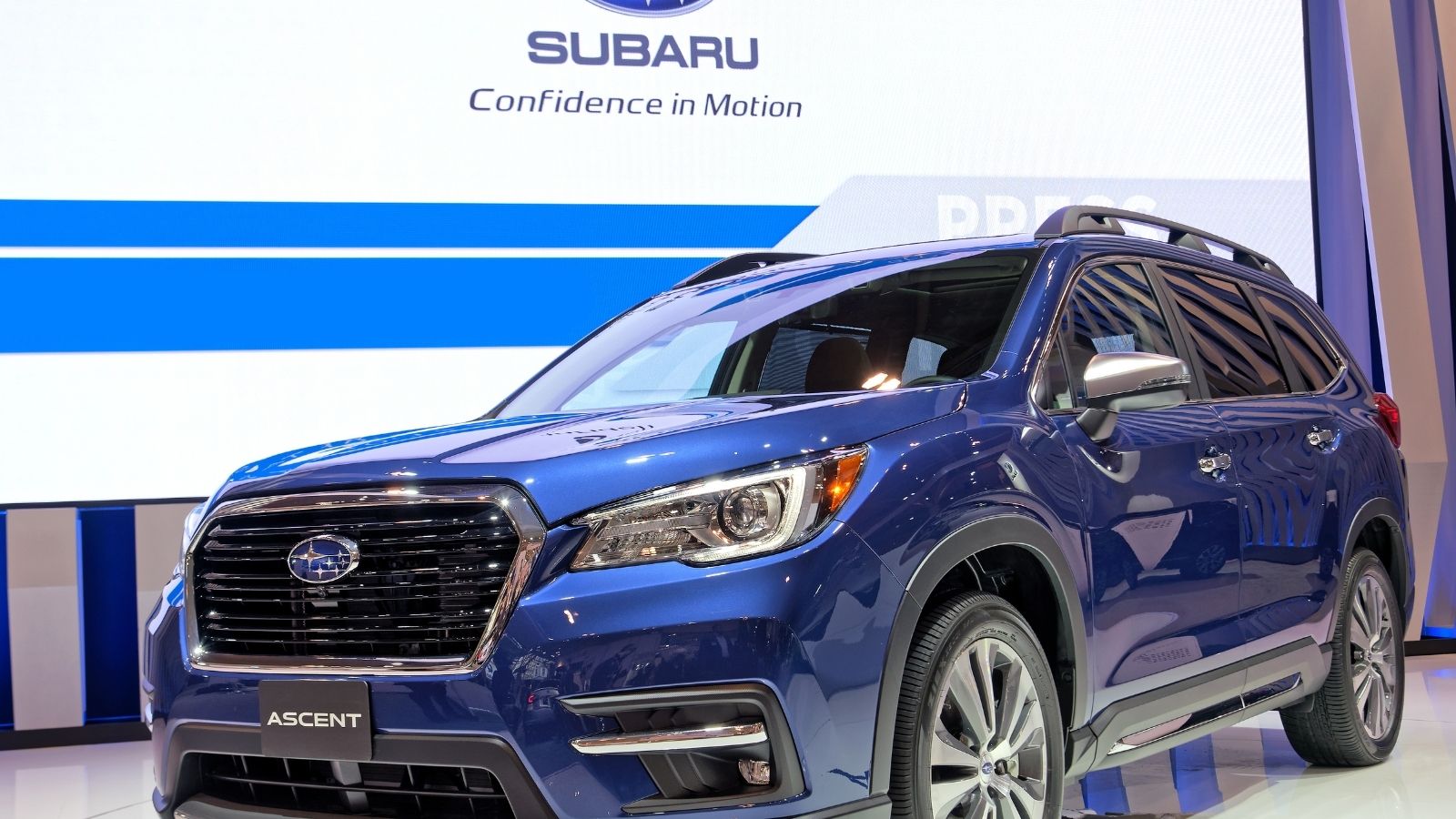
The Ascent, manufactured in Indiana, now faces tariffs of $2,500 to $3,000 in Canadian pricing. Subarus have loyal buyers, but the surprise surcharge, especially on Limited and Touring trims, has triggered scrutiny. Subaru Canada remains transparent, but dealers warn customers about border fees. With its dedicated AWD reliability and brand trust, the Ascent may still emerge as the winner. Still, for cost-conscious buyers, that tariff could make it less competitive than the Toyota Highlander, which benefits from partially Japanese sourcing.
Tesla Model Y
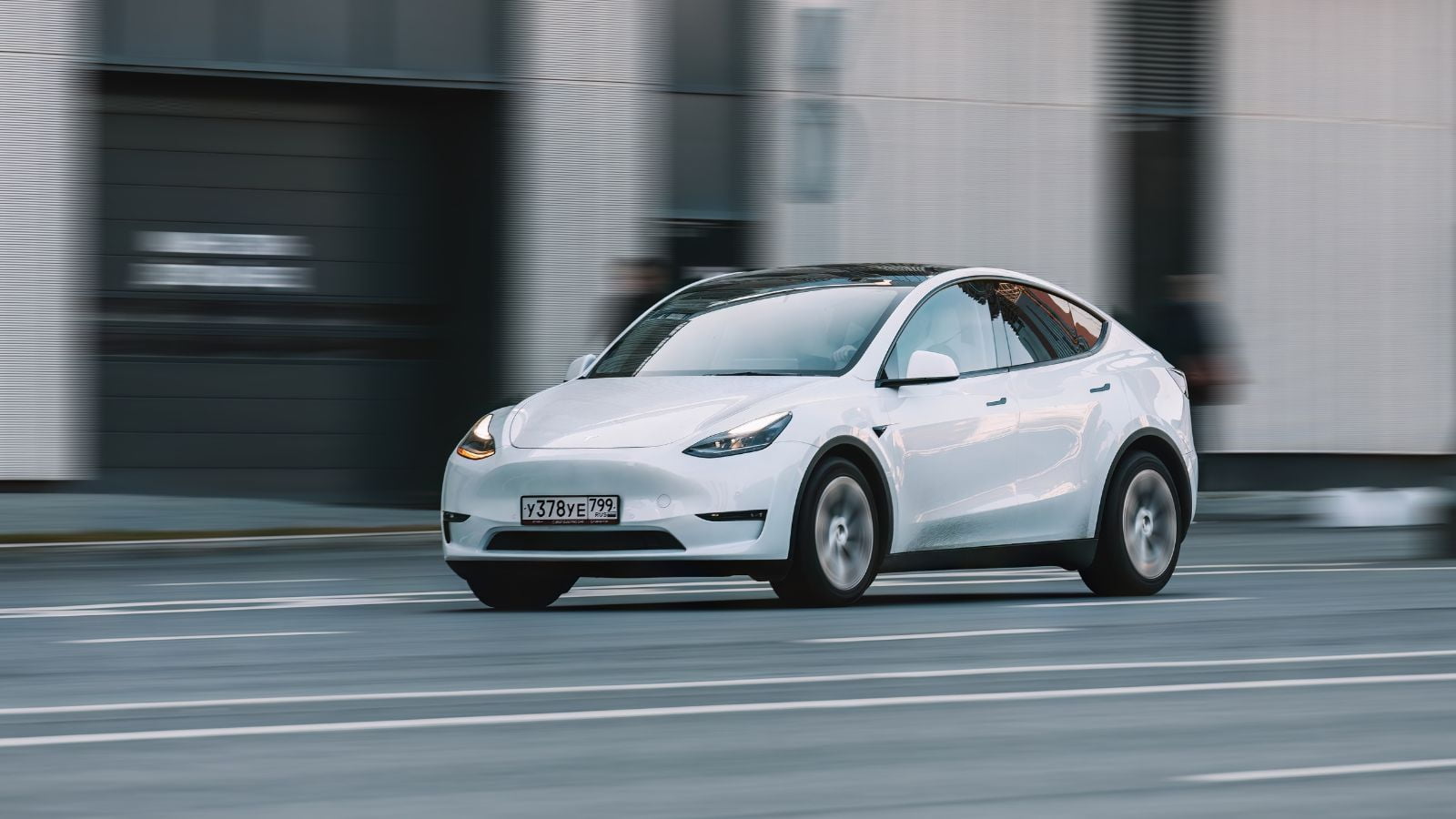
Tesla imports every Model Y to Canada from its U.S. factories, making it a prime candidate for cross-border tariffs. Estimates suggest that buyers may incur additional costs of $4,000 to $7,000, depending on the configuration. Tesla has already raised some Canadian pricing, citing inflationary factors, although it is likely unofficially driven by tariffs. Given that there is no local production, consumers are forced to pay, and with European and Korean EVs entering the Canadian market, the Model Y has lost some of its cost advantage. Ethereal as it may be, clean-driving dreams are colliding with the brutal reality of global trade tensions in the Model Y.
Quotes are not sourced from all markets and may be delayed up to 20 minutes. Information is provided ‘as is’ and solely for informational purposes, not for trading purposes or advice.Disclaimer
21 Products Canadians Should Stockpile Before Tariffs Hit

If trade tensions escalate between Canada and the U.S., everyday essentials can suddenly disappear or skyrocket in price. Products like pantry basics and tech must-haves that depend on are deeply tied to cross-border supply chains and are likely to face various kinds of disruptions
21 Products Canadians Should Stockpile Before Tariffs Hit
